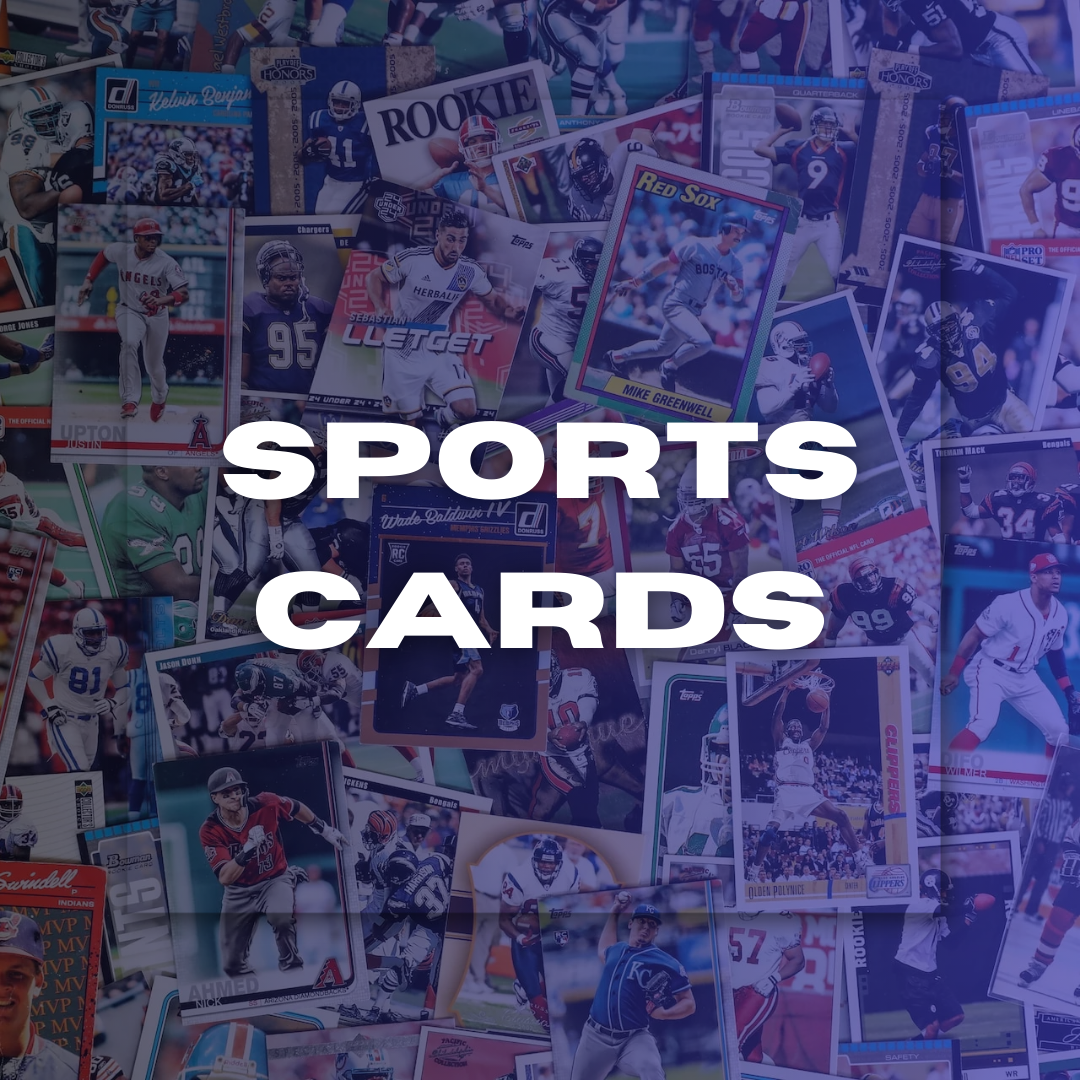
How to Spot Fake Sports Cards: A 2025 Guide for Collectors and Investors
By Jocelyn Alano June 09, 2025 09:27
The sports card market in 2025 is booming, with the global trading card game authentication services market expected to reach $6.6 billion by 2033. With increased value comes increased risk: counterfeit cards are becoming more sophisticated, making it essential for collectors and investors to know how to spot fakes. This guide provides updated strategies and technologies for authenticating sports cards in 2025.
The Evolving Threat of Counterfeits
Counterfeiters are employing advanced printing techniques that outpace traditional visual inspection protocols. High-quality proxies from overseas print farms can mimic authentic cards, making it harder to discern fakes. This necessitates a multi-faceted approach to authentication, combining visual inspection with technological tools.
Key Authentication Methods
-
Visual Inspection:
-
Print Quality: Examine the card's printing quality. Authentic cards have sharp, clear images and text. Fake cards often appear blurry or pixelated.
-
Paper Stock: Analyze the card's paper stock. Authentic cards use specific paper types that can be identified through texture and weight. Certified Guaranty Company (CGC) maintains a 30-terabyte library mapping ink dispersion across 186 verified paper stocks, which blocks high-quality proxies.
-
Color Consistency: Compare the card's colors to known authentic examples. Counterfeit cards often have color variations or inconsistencies.
-
-
Technological Tools:
-
Magnification: Use a magnifying glass or a digital microscope to examine the card's surface. Look for signs of tampering, such as misaligned print patterns or inconsistencies in the card's surface.
-
UV Light: Use an ultraviolet (UV) light to inspect the card. Some authentic cards have UV-sensitive features that are difficult to replicate.
-
AI-Enhanced Scanning: Machine-learning vision, ultraviolet fluorescence mapping, and 8-gigapixel stitching have improved authentication accuracy. These technologies can quickly identify counterfeits by analyzing minute details.
-
-
Authentication Services:
-
Professional Grading: Submit the card to reputable grading services like PSA, Beckett, or SGC. These companies have expert authenticators and advanced technology to identify fakes. PSA is the largest and most trusted autograph authentication service in the world.
-
Digital Twins and Blockchain: Consider cards with digital twins and blockchain verification. CGC's November 2023 beta minted 210,000 tokenized reports, allowing vault-stored cards to trade ownership without physical movement.
-
-
Authentication Protocols:
-
Multi-Factor Authentication (MFA): Combines multiple verification methods to ensure higher security.
-
Biometric Authentication: Face Authentication utilizes advanced facial recognition technology to verify user identities swiftly and securely, enhancing protection against unauthorized access.
-
Expert Insights
According to Michael Reynolds, a sports memorabilia analyst, "Brand reputation is crucial. Stick with reputable dealers and grading companies to minimize the risk of buying fakes."
Red Flags and Common Mistakes
-
Prices Too Good to Be True: Be wary of cards priced significantly below market value. Counterfeiters often lure buyers with enticing deals.
-
Inconsistent Information: Verify that the card's details (player stats, team logos, etc.) match official sources.
-
Seller Reputation: Research the seller's reputation. Check online reviews and feedback before making a purchase.
-
Lack of Certification: Be cautious of ungraded cards, especially high-value items.
The Role of Grading Companies
Grading companies play a crucial role in authenticating sports cards. PSA, Beckett, and SGC employ expert authenticators who conduct ink analysis, autograph structure analysis, and object evaluation. These services provide collectors and investors with confidence in their purchases.
Spotting fake sports cards in 2025 requires a combination of traditional inspection methods and advanced technology. By staying informed, using reliable authentication services, and exercising caution, collectors and investors can protect themselves from fraud and enjoy the hobby with confidence. As technology evolves, authentication methods will become more sophisticated, ensuring a safer and more transparent market for sports card enthusiasts.


































































